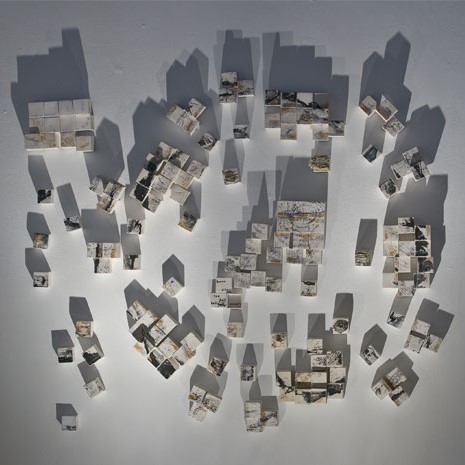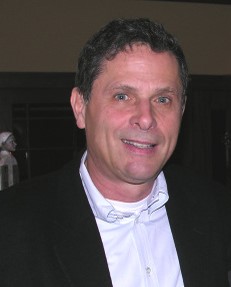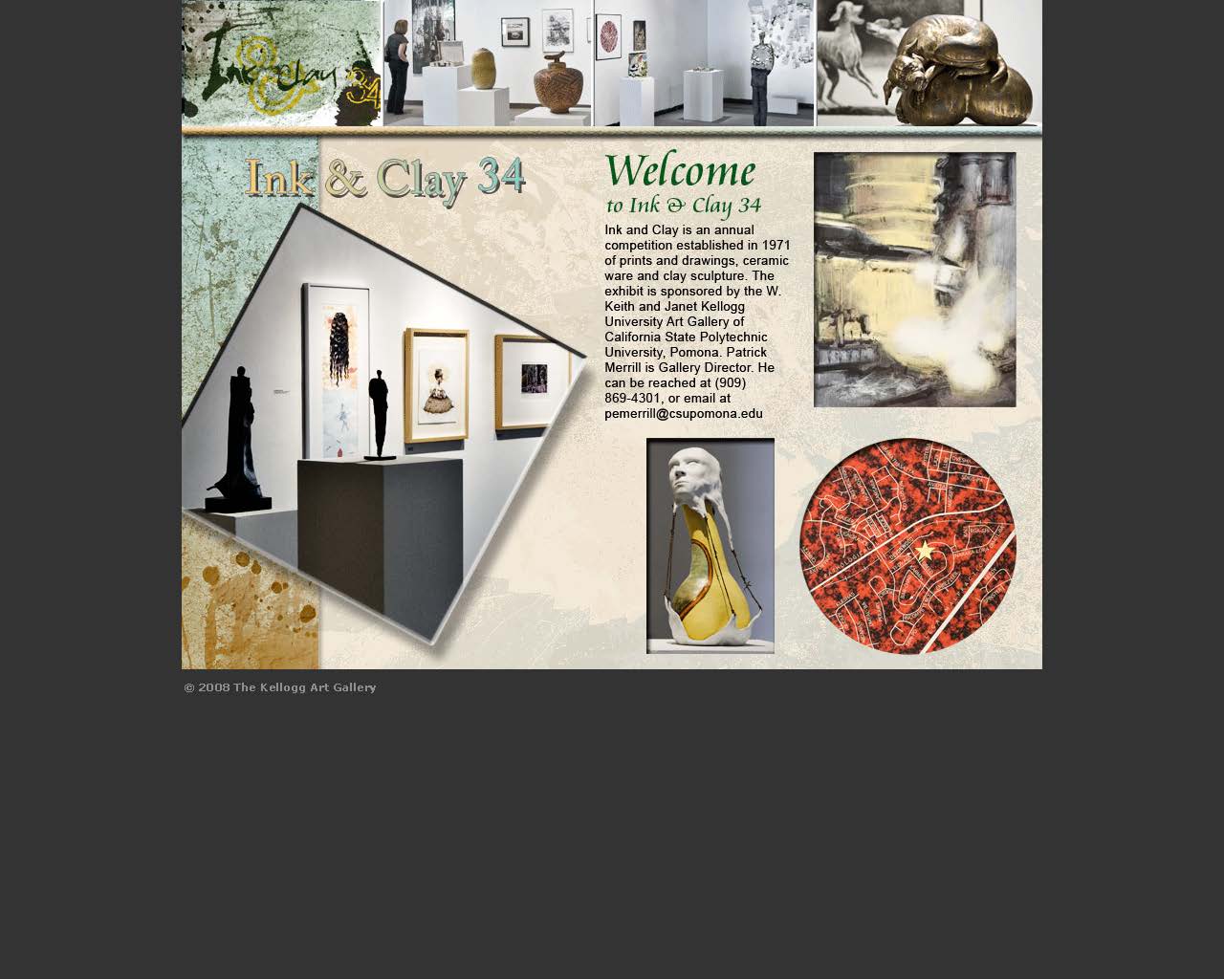Established in 1971, Ink & Clay is an annual competition of printmaking, drawing, ceramic ware, clay sculpture and mixed media utilizing any variety of"ink" or "clay" as a material.
Ink & Clay 34
Ink & Clay 34
Mar 23, 2008 to May 3, 2008
Location: Kellogg University Art GalleryPress the tab key to view the content. Use the down arrow key to move to the next tab and up arrow key to move to the previous.
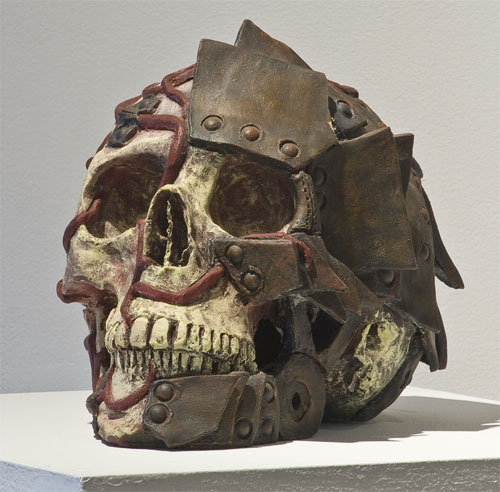 Established in 1971, Ink & Clay is an annual competition of printmaking, drawing, ceramic ware, clay sculpture and mixed media utilizing any variety of “ink” or “clay” as a material. The exhibition is sponsored by the W. Keith and Janet Kellogg University Art Gallery of California State Polytechnic University, Pomona and is underwritten by the generosity of the late Col. James “Jim” H. Jones with additional support from the Office of the University President. For the second time, Ink & Clay was open to artists working in all 50 states, making this a National Competition. Unique among juried exhibitions, Ink & Clay is celebrated by artists and collectors, both locally and nationally, for its quality and diversity.
Established in 1971, Ink & Clay is an annual competition of printmaking, drawing, ceramic ware, clay sculpture and mixed media utilizing any variety of “ink” or “clay” as a material. The exhibition is sponsored by the W. Keith and Janet Kellogg University Art Gallery of California State Polytechnic University, Pomona and is underwritten by the generosity of the late Col. James “Jim” H. Jones with additional support from the Office of the University President. For the second time, Ink & Clay was open to artists working in all 50 states, making this a National Competition. Unique among juried exhibitions, Ink & Clay is celebrated by artists and collectors, both locally and nationally, for its quality and diversity.
Juried by Darrel Couturier and Mark Steven Greenfield
Photo Caption: Lost Reverence by William Fillmore
Ink Juror: Mark Steven Greenfield
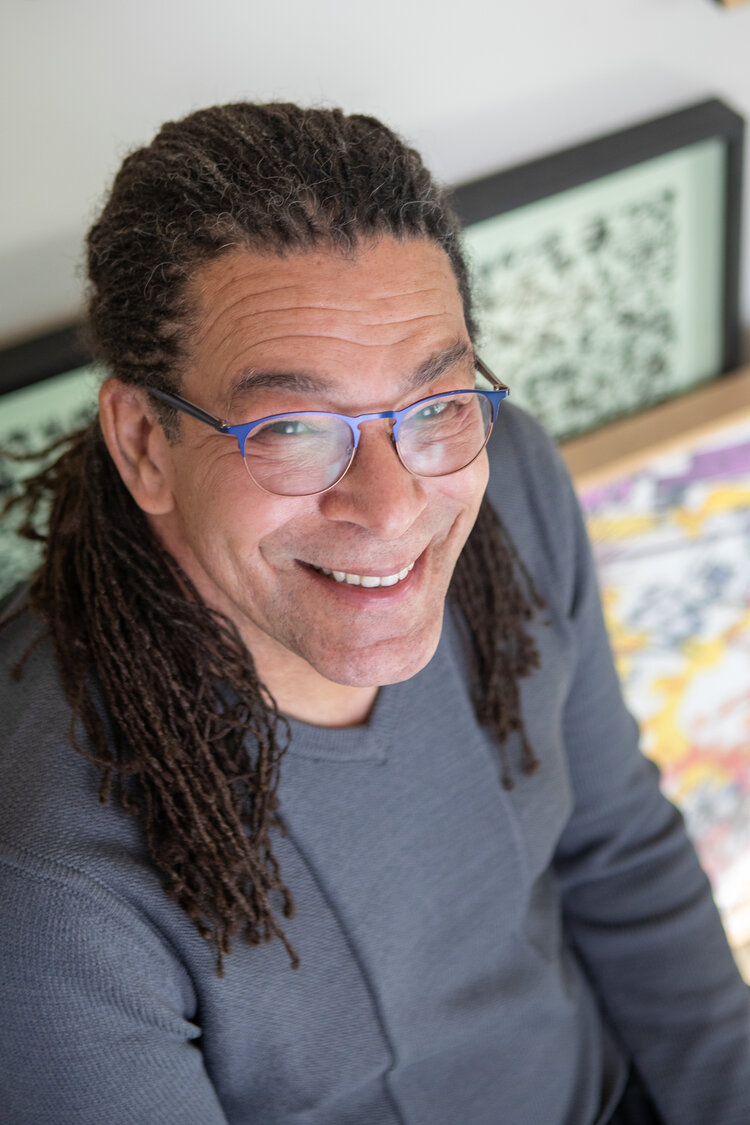
Mark Steven Greenfield is currently the Executive Director of the Los Angeles Municipal Art Gallery - the city's official art gallery. Mark is a curator, an educator, a master draughtsman, and a printmaker. The following is Marks response when asked what his philosophy as a juror would be, "Ink my decisions with regard to selecting participants for the upcoming Ink and Clay exhibition, I will be drawing from my years of experience in curating over ninety exhibitions for the Los Angeles Department of Cultural Affairs, seven years of selecting members for the Los Angeles Art Association and my participation on various art selection panels in the Southern California area. As a contemporary printmaker myself, I feel I am sensitive to both traditional and unconventional approaches to the genre and fully understand the complexities and limitations of all processes. While execution is important, it is sometimes out weighted by content. In my approach as a juror for this exhibition, this will be foremost in my considerations"I felt indeed fortunate to have served as the juror for this year's Ink and Clay. The quality of the submissions made my choices more difficult than I would have ever imagined. While I feel that traditional forms of printing are well represented in my selections, I found myself continually being drawn to some of the more unconventional approaches to the genre. It is a testament to the ongoing evolution of printmaking and its ability to engage a new and changing audience, both nationally and internationally.
Clay Juror: Darrel Couturier
Darrel Couturier has been the Owner and Directer of Couturier Gallery in Los Angeles, California since 1986. A a professional, Darrel has exhibited the full range of artistic practices in his gallery. As a collector he has applied a particularly sharp eye to ceramic art. The following are a few of his exhibitions he has curated since 1988 that feature ceramic artists: Fulper Art Potter (major survey); Brian Ransom - Sounding Clay; Gertrud & Otto NATZLER: A 50 year Survey; Beatrice Wood at 100: drawings and ceramics; Paloma Torres y Marco Vargas - Mexican Ceramic Masters; Jorge Marin - Ceramic Portraits; When asked by what criteria will he make his choices Darrel responded, "I am particularly interested in seeing novel approaches to the use of clay0 innovations in form and content. True, when throwing on a wheel one will have a round form, however, each successful artist seems able to leave his/her own "fingerprint" distinguishing it from that of others. Also of interest are works that break with traditional boundaries of clay transforming the medium from the expected to fooling the eye into something it isn't. The work of George Ohr (the late 19th century "Mad Potter of Biloxi") comes to mind. He threw pots literally within millimeters of being able to stand up on their own and tortured his forms before bestowing them with remarkably inventive glazes producing works of great humor and unique visual interest. Finally, I am equally interested in the finished surface of ceramic works. The glazes, if there are any, are of equal importance to the form and,in most cases, either make or break the piece. it's a marriage that ceramists often misunderstand- this final process of "getting dressed and ready to go out."
